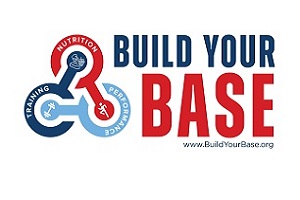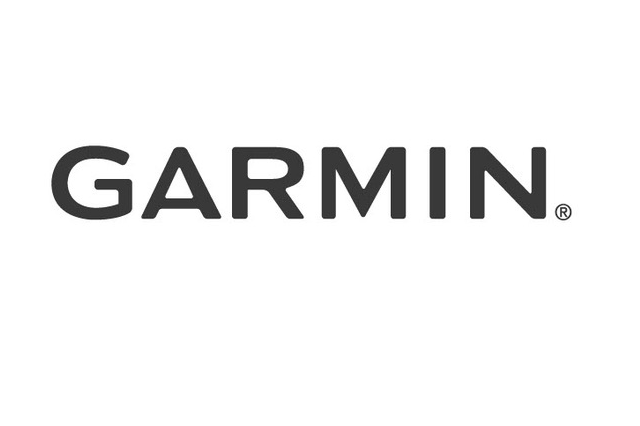2018 Youth Olympics: The Buenos Aires adventure begins
Arrival and Day 1
Photos below by Joy Kamani
Getting There
This is the third edition of this competition, held every four years. The first was held in Singapore in 2010, then Nanjing (China) in 2014 and this year in Buenos Aires, Argentina.
Buenos Aires is a city of about 3 million, with about 13 million living in the Buenos Aires metropolitan area.
(If you did not see the Youth Olympic Games Opening Ceremonies on the Olympic Channel you missed a treat. Here are the highlights – the really good stuff begins at the about the 2 minute mark): https://www.youtube.com/watch?v=1AUDheMIZ-U&t=200s )
Joy Kamani and I used our frequent flier miles to get to Argentina, having obtained our tickets last year. We had assumed that the U.S. contingent would be what it was in 2014, about 15-16 athletes. Little did we know that there would only be 7 (more on that later).
Sometimes frequent flier tickets do not yield the most direct flights. That was my case. I had to depart from Washington Reagan airport (about 100 miles from my home), fly to Toronto then down to Argentina. Joy had better luck, flying from Houston to Atlanta, then down.
I left my house at 5:00am on Wednesday. I got to the outskirts of DC (about 80 miles) by 6:30am. It took another hour to go the additional 20 miles to the airport because of the crazy traffic on the DC beltway.
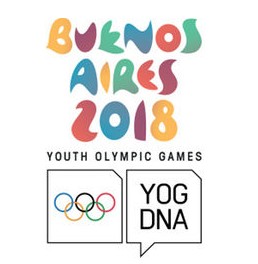 My flight left at 9:30am and I got to Toronto at 11am. Now I had to wait until 7:40pm for my flight to Buenos Aires. Somehow I killed time and left almost on time (a “maintenance” issue caused about a 20-minute delay). The flight was uneventful and I slept for about 6 of the 10 hours the flight took.
My flight left at 9:30am and I got to Toronto at 11am. Now I had to wait until 7:40pm for my flight to Buenos Aires. Somehow I killed time and left almost on time (a “maintenance” issue caused about a 20-minute delay). The flight was uneventful and I slept for about 6 of the 10 hours the flight took.
Joy, with her more direct flight, was not as fortunate. There was some sort of bathroom issue on the Atlanta to Buenos Aires flight which cause about a 3-hour delay. Her 9:00pm scheduled departure actually took off after midnight.
I landed at about 7:30am. Unfortunately, so did another half dozen or so planes. The customs line was interminable with close to 1000 people waiting. After about 20 minutes in line, I noticed a Youth Olympic Games rep and I flashed credential at him. He beckoned me over to him and whisked me through customs and picked up my luggage. Unfortunately, the handle on my suitcase was missing so I had to lug it through the exit and beyond.
I went to the YOG welcome desk and they said they had no record of my flight, so they would not be able to provide transportation to the hotel. I told them that that was impossible (which it was!) and finally convinced them to transport me. They did, and I arrived at the hotel at around 9:30am. Of course, there were no rooms ready, so I had to wait 2 hours until there was one.
Joy landed around noon (instead of 9am) and had little difficulty with customs as hers was the only plane arriving then. And the rush hour traffic had died down by then (it’s about 30 miles from the airport to the hotel). She arrived at around 1pm and we made plans to depart at 2pm
Getting to the Competition
At most of the world championships which I've attended, there is a help desk at each hotel to help with travel. Not so here. We asked the front desk clerk where the YOG bus stop was (there are about a dozen routes, but they are all relatively vague). He assured us that it was right across the plaza. We looked and waited and could not find the bus. We came back to the hotel and he suggested the subway.
We went down to the subway and that seemed like a lost cause. So we went back up to the street and decided to use Uber. The application worked for about 30 seconds and then died.
Actually, the first stop was Media Centre to have our credentials “validated.” It is nowhere near the competition venue and did not have an address. We finally figured out that it was near Plaza Italia and decided to take a taxi there. By now it’s 2:45pm, having left the hotel at 2:00pm. The first event was scheduled for 4:30pm, so we had plenty of time (or so we thought).
We got to the Media Centre at 3:15pm. I should say that we got near to the Media Centre and didn’t find our way until asking several people. Once we got there, our credentials were validated and we were to take the YOG #16 bus shuttle which would drop us off at the YOG #8 bus which would take us to the Olympic Park. “They run every 5 minutes or so,” said the volunteer.
We’re at that bus stop and it’s now 4:00pm. We are both getting aggravated since we now have a half hour until the competition. So we take a taxi. We had to show the driver a map as no one seemed to know that the Youth Olympic Games were taking place in Buenos Aires. I pointed and said, “Parco Olympico.” He looked and said, “si” Off we went.
Of course we were in the middle of rush hour traffic. It’s now 4:30pm and the park is nowhere in sight. I ask the driver if we are close. He said, “We are about half way there; it way on the south side of the city.” At about 5:00pm we passed the “stadium.” I point to it and the driver says something like, “Yes. I have to make a few turns to get there.”
Suddenly we are speeding away from the stadium. I ask where he is going. He says I thought you wanted to go the Autodrome. I emphasized that we had to go back to the Olympic Park and he said, “Oh.”
We finally get there at about 5:15 and, of course, it is raining. The driver feels bad about getting lost and charges me only 400 pesos instead of the 600 on the meter (360 pesos = $10.00; it would have been a $50 fare in New York City).
The Media Center and Stadium
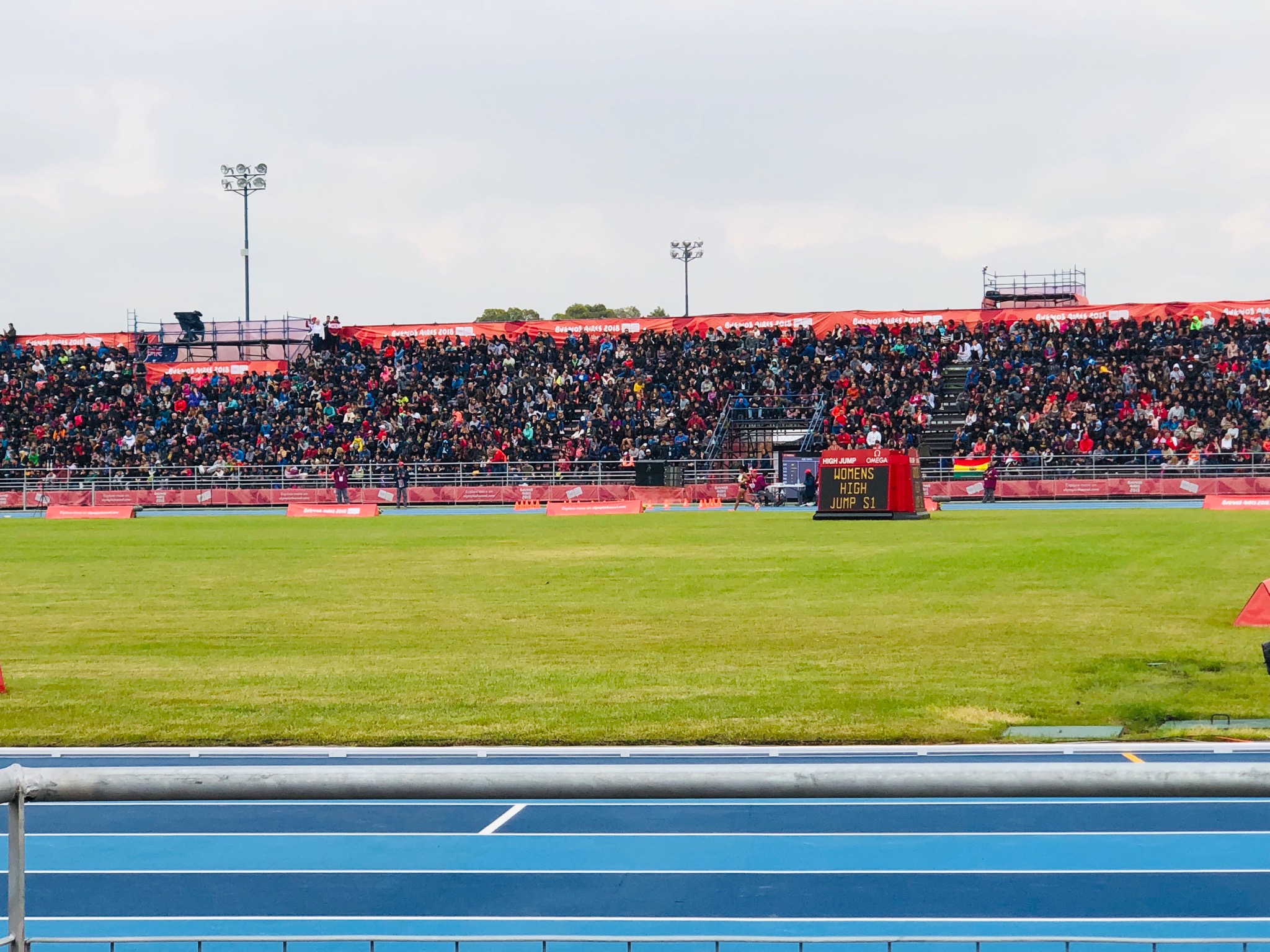 Now we have to go the main media center. There are no signs, but we make our way after asking several people. (We had to go through security first.)
Now we have to go the main media center. There are no signs, but we make our way after asking several people. (We had to go through security first.)
We made our way to the main media center, where we had to have our credentials re-re-re-re-validated. Now off to the track. (The main media center is the central media area, away from all of the venues).
There were no signs guiding us, but we could hear the public address announcer, so we followed the sounds. Finally, we made it to the stadium.
The stadium turned out to be a track with temporary wooden bleachers. It seemed more like what you would expect to see at a county meet in the U.S. instead of at a world championship event. Above the bleachers were enclosed pods where, we presumed, was the media area.
We assumed there would be an elevator but there was none; just scaffolding with stairs. We went to each door of the half-dozen pods. The signs on the door where “LOC,” “Timing,” “Announcers,” etc. None said “Media.” We knocked one of the doors and asked where the media center was. The said that there was none. We figured the volunteer was misinformed.
We went back down to track level and asked some more. They said the only media area was back at the main media center. “How are we to cover the meet here,” I asked. “You can do so at the main media center,” they replied.
“But that’s a half mile away.”.
“Well, that’s all we have."
They did offer a spot near the fence around the first turn where I could stand!
So it appears that I will be sitting in the stands, watching the meet and then writing about the meet and the interviews later each day. It’s certainly not what I expected -- and I have never experienced such a thing in all the world championships that I have covered since 1988.
Day 1 Competition
Of the five U.S. athletes competing on Thursday, we got to see one race, that of Nicholas Ramey (400m).
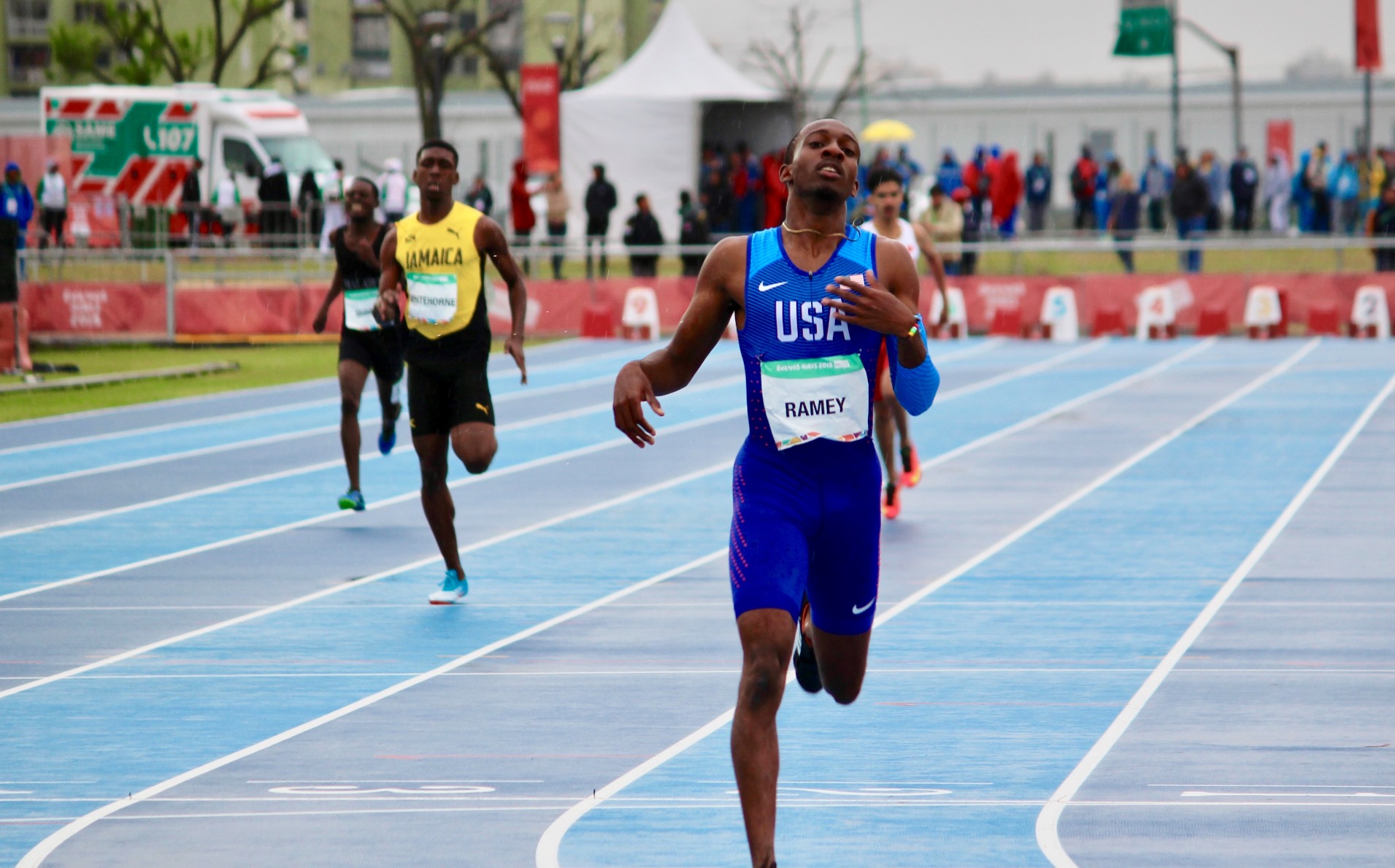 Here are the results:
Here are the results:
Men's High Jump Qualifying
1. Long Chen, China 6-11.75
8. Charles McBride, USA (Apex, NC) 6-08.75
Women 100m (30”) Trials
1. Grace Stark, USA (Lakeland, While Lake, MI) 13.31
(1st in heat 1 of 4, 1st overall)
Women 800m Trials
3. Athing Mu, USA (Trenton Central, NJ) 2:08.01
(3rd in heat X of X, 4th overall)
Women 400m Trials
2. Meghan Hunter, USA (Provo, UT) 56.83
(2nd in heat, 9th overall)
Men 400m Trials
1. Nicholas Ramey, USA (Brookwood, Snellville, GA) 47.60
(1st in heat, 2nd overall)
As I mentioned previously, we assumed that there would be closer to 20 U.S. athletes on this team, not the 7 that were sent. Ramey, Hunter and McBride were all part of Team NSAF for our Bahamas trip this past June, and each won their events that weekend in Freeport. Stark was our NBNO 100m hurdles champ (and NBNI 60H runner-up), while Mu swept both the NBN indoor and outdoor 800s this past season.
It is a strange selection process and I haven’t quite figured it out. Apparently the International Olympic Committee wanted an international “balance” of athletes, not necessarily the best athletes. As I understand it, USATF submitted 12-14 names to the US Olympic Committee and they selected 7 based on their specifications. Nonetheless, we have 7 very fine American athletes here, as noted above. Five have already competed (though everyone is guaranteed two days of competition, whether championship or consolation). Malcolm Clemons (long jump) competes today and Skylar Ciccolini (javelin) competes on Saturday.
Here is an event by event summary of the “Americas” team:
http://panelcontenido.fmaa.mx/data/documentos/ID1402066440_Americas%20Team%20Athletes.pdf
For U.S. athletes, it is a strange time to compete, with the high school state championships having concluded by early June -- and even Junior Olympic summer track wrapping up 2 months ago. It’s even stranger for the Jamaicans, having peaked in late April at the Penn Relays. Evaldo Whitehorne, for example, ran 47.15 on March 24 at the Jamaican High School championships. He could manage only 51.55 here.

